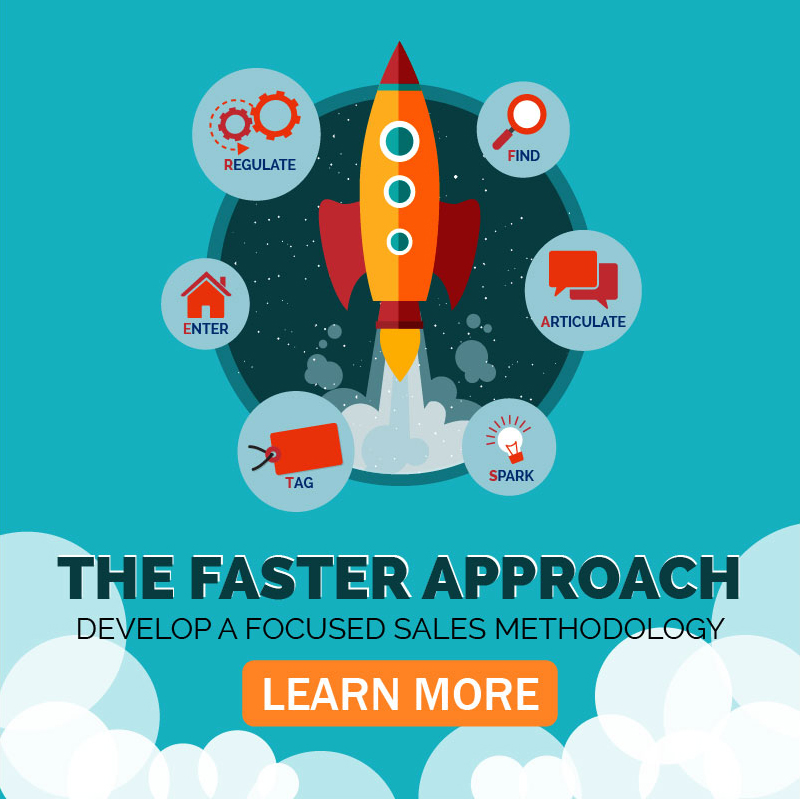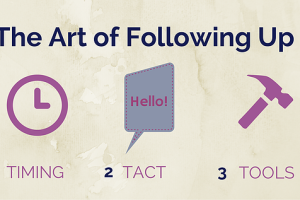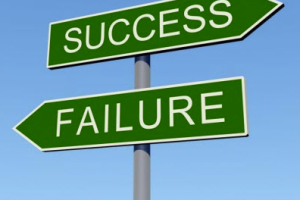We have all been there before – in the age old “Could you just tell me the price?” discussion. All seems to be going well between the buyer and the sales rep up until the moment the price is mentioned; suddenly, silence ensues followed by a series of new questions on the part of the sales rep: “that depends on the kind of need you are trying to fill”, “what results do you expect?”, etc.
Since the topic of price has been a stumbling block in sales conversations of the B2B world since time immemorial, let’s take a moment to reflect why this is actually so.
First, let’s look at the buyer. Ecommerce has radically simplified the process of buying; the modern B2B buyer has become accustomed to making purchases within a few mouse clicks. However, there is more than one reason why this cannot always be the case.
Let us remind ourselves that sales can be transactional or consultative in their nature. Transactional sales are the ones we typically use ecommerce for. Here the buyer has already done the research; they know what features they want, they visit a few vendors’ websites, compare the features of interest, quality and cost and then choose a combination they prefer. In such cases it is easy to obtain a price within minutes.
With such a buying system, no wonder we buyers have gotten used to the mentality, “I want to know how much it is and I want to know it now.”
However, with consultative selling, we cannot expect the same, especially when it comes to buying highly complex technologies or heavily customized products for our companies. Here the situation becomes significantly more intricate and even the rough approximations can fluctuate by far.
There are many reasons why this is so; with consultative selling sales reps need to spend a lot more time than what few mouse clicks takes. The unwritten rule is, the bigger the organization and the suggested solution, the longer it takes to finalize each step and the longer it will take to get approval from all pertinent sides. In reality – it might take even up to several months. Sizing, features, usage, installation, customization, support, and implementation services, and the long-term impact are just some of the factors to be considered.
Moreover, sellers need to go through several sectors to obtain a price quote which will be approved by everyone involved. For example, in a medium sized company, this work has to go through vendor assessment, risk assessment, information security, credit and financials, legal department, and finally, the executive sign-off.
From the seller’s perspective, price is just one, out of many other important factors such as urgency, availability of resources, needs and goals. By placing the price aspect as the main deciding factor in the sales conversation, the prospect misses out on a myriad of other aspects, such as the quality of the service/product and their long-term benefits for the company.
It does not make it an easier for the sales reps seeing how typically buyers tend to respond once they do hear the price:
- Those that say thank you, disappear and never reply again after all the effort that was invested in collecting that quote, leaving the sales rep to wonder what exactly happened there.
- Those that like to exaggerate about how high the price is, insisting that price is the highest out of all the vendors on the market.
- Those that like to negotiate and insist that they should get a special discount for one reason or another.
- Those that give no reaction and move on to the next topic as if nothing happened.
No wonder why the price conversation rarely goes well if discussed early in the sales process.
We can understand the buyer, of course because discussing everything else if the price is out of reach for them is a waste of time. They have to go through management requests, budget restrictions, policy requirements, and bureaucracy issues. If they cannot obtain the price early in the process, then why go through all the effort of having further conversations?
What is crucial to overcome this gap between the two sides is an understanding of the wider situational context: every conversation between a buyer and a seller is going to evolve in a different context. Timing, environment, priorities, and the trust between the two parties can all vary significantly. For example, what is the level of transparency and trust between the seller and the buyer? How far is the prospect in the buying cycle? Have they just started evaluating different solutions or are they price shopping at the end of an evaluation so that they would use the price for negotiating with another chosen seller? It is good to know at what moment of the buying cycle is the buyer approaching the seller, so we can define the level of trust between the two sides.
A shrewd sales rep who can understand the situational context makes all the difference. Such a sales rep can use the situational context to gain a deep understanding of the buyer’s situation and what they need. Then the sales reps can work within a framework which allows them to give a constructive and in depth answer in terms of discussing the price.
Instead of seeing the price discussion as a point of division between the two sides, let us start viewing it as an opportunity to form trust and transparency between the buyer and seller, with buyers being forthcoming about the information necessary for sales reps to devise the highest quality solutions customized exactly for them.









Speak Your Mind